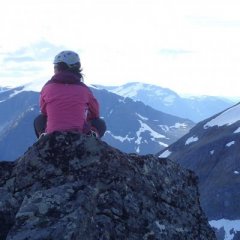Confused abougt Nordic skiiing vs telemark in Norway?
-
Lignende innhold
-
- 7 svar
- 726 visninger
-
- 0 svar
- 549 visninger
-
- 10 svar
- 1 182 visninger
-
- 0 svar
- 978 visninger
-
- 13 svar
- 2 494 visninger
-
-
Hvem er aktive 0 medlemmer
- Ingen innloggede medlemmer aktive


.thumb.jpg.47c0298284e7280f5cc49746531d4d43.jpg)


Anbefalte innlegg
Bli med i samtalen
Du kan publisere innhold nå og registrere deg senere. Hvis du har en konto, logg inn nå for å poste med kontoen din.